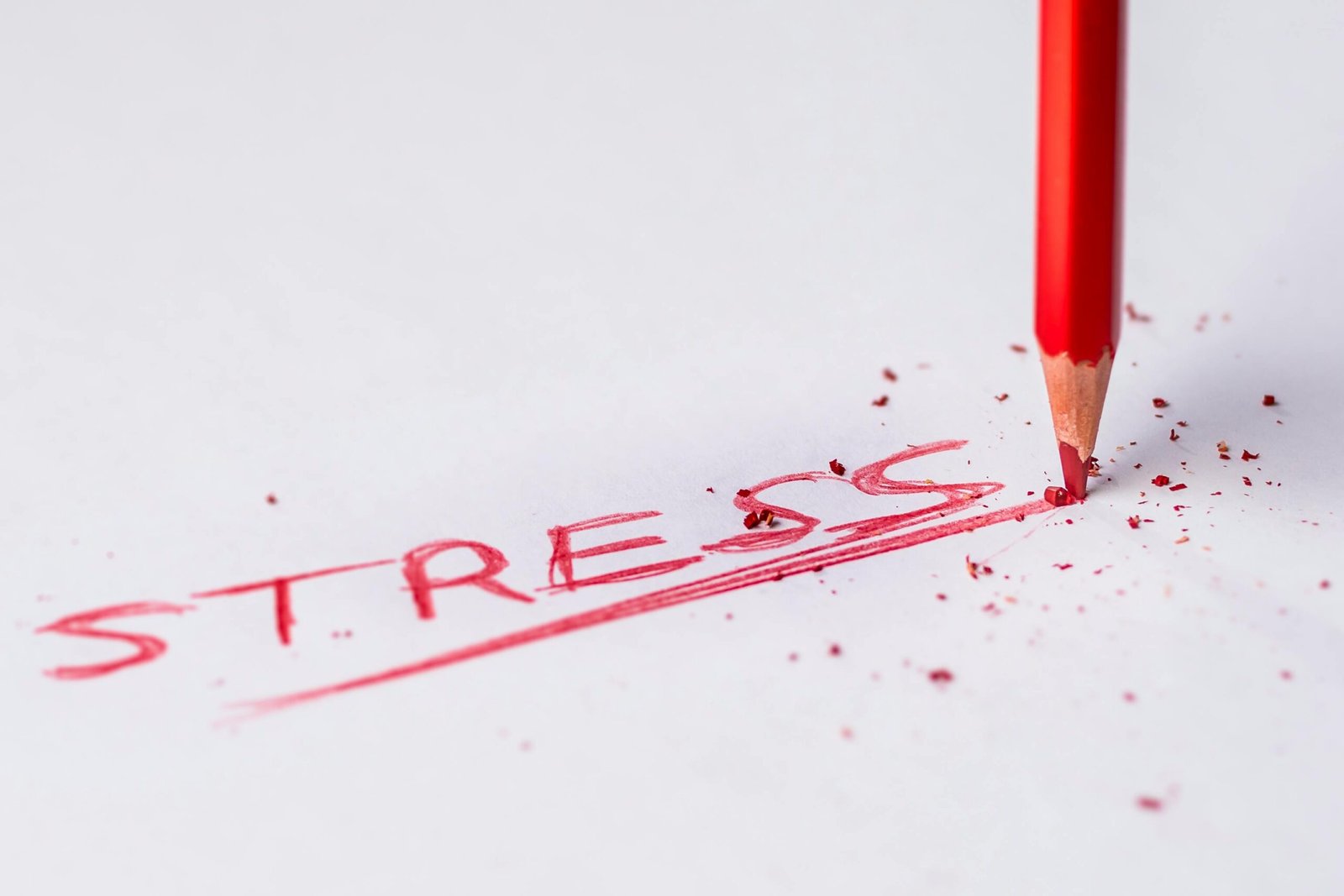Aroma meaning: A Bridge Between Scent and Inner Well-Being
Aroma healing is one of the most ancient healing arts, with origins tracing back to 4500 BC, when Egyptians used aromatic substances in medicines. This holistic treatment draws on natural plant extracts—derived from flowers, bark, stems, leaves, roots, and other parts—to enhance both psychological and physical well-being. Today, practices like aroma home rituals and the use of aromatherapy oils bring this tradition into modern living spaces, turning everyday environments into sanctuaries for emotional balance. Rooted in ancient traditions as well as modern psychology, aroma healing goes beyond symptom relief to address the root causes of emotional imbalances, stress patterns, and self-awareness. By engaging the senses, it activates the brain’s neuroplasticity, allowing the mind and body to reconnect as individuals rewrite subconscious narratives and cultivate resilience—ultimately supporting a path toward emotionally healthy spirituality.

Aroma Healing and the Mind-Body Dialogue: Unlocking Emotional Resilience Through Scent
In the realm of healing, scent can act as a form of communication—one that bypasses logic and speaks directly to the heart. This is closely tied to the idea behind what is emotive language—language designed to evoke an emotional response. While traditionally expressed through words, emotive language in aroma healing takes on a sensory form. Scents become emotional messengers, awakening memories, releasing hidden feelings, and guiding individuals toward deeper self-awareness.
- Scent as Emotional Archaeology
Scents have the unique ability to trigger memories stored in the hippocampus and amygdala. Consequently, they offer a safe and gentle way to process unresolved emotions. For instance, the smell of vanilla often evokes feelings of comfort, while cedarwood can help ground individuals working through past trauma. - Neurochemical Shift
Moreover, certain aromatic compounds directly influence our brain chemistry. Inhaling limonene, commonly found in citrus scents, has been shown to increase serotonin production. Likewise, linalool—present in lavender—helps calm the amygdala’s fear response, in a way that mirrors cognitive behavioral techniques. - Ritual and Self-Agency
Beyond their chemical effects, the ritual of blending or applying essential oils becomes a form of mindfulness. As a result, it nurtures a sense of agency and control, which is essential for building psychological resilience. - Somatic Anchoring
Additionally, when scents are paired with positive affirmations or breathwork, they form “somatic markers.” These sensory associations train the nervous system to access calm and stability on demand, reinforcing emotional regulation over time.
Scent and Self: Emotional Healing Through Aromatherapy
Emotional Fluency: Identify and release suppressed feelings through scent associations. For example, rose can help ease heartache, peppermint aroma oil clears mental fog, and lavender encourages emotional openness and calm. Rosemary aroma oil, with its refreshing clarity, may also assist in processing grief or mental exhaustion.
Subconscious Rewiring: Use aroma oils as anchors to replace negative thought loops and reprogram inner narratives. Bergamot supports self-worth, frankincense offers inner clarity, and lavender can soothe anxious overthinking. Rosemary, with its stimulating effect on memory and mental focus, reinforces positive cognitive patterns.
Energetic Boundaries:Scents like sage or juniper help define personal space in overwhelming environments. Peppermint aroma oil can also act as a mental shield, sharpening focus and reducing emotional overstimulation in chaotic settings.
Intuitive Awakening: Strengthen the body-mind connection by trusting which scents “resonate” intuitively. Whether it’s the grounding presence of frankincense, the cooling lift of peppermint, or the gentle embrace of lavender, your scent preferences often reflect subconscious emotional needs—guiding inner alignment and self-trust.
How to Practice: Psychology-Inspired Aromatherapy Techniques
Emotional Mapping
Journal your mood, then choose an oil that contrasts or supports it (e.g., anger → cooling chamomile; apathy → energizing grapefruit).
Scent-Triggered Anchoring
Apply a specific oil (e.g., lavender) during meditation, then reuse it in stressful moments to trigger the calm state.
Shadow Work with Aromas
Use challenging scents (e.g., patchouli’s earthiness) to explore discomfort and uncover hidden beliefs.
Group Synergy
Share scent preferences in a circle—differences reveal unconscious group dynamics and foster empathy.
Core Benefits: Beyond Relaxation
Choose a Calming Environment
Find a quiet, comfortable space free from distractions. Ensure the lighting is soft, and the atmosphere promotes relaxation.
Select Suitable Aromas
Depending on the desired outcome, choose essential oils or natural scents:
- For calmness: Lavender, chamomile
- For self-reflection: Sandalwood, frankincense
- For energy balance: Citrus, peppermint
Prepare the Art Materials
Gather art supplies such as paints, brushes, pencils, or clay. The focus should be on self-expression, not artistic skill.
Begin the Session
Diffuse the chosen scent in the room or apply it lightly to your hands or a cloth. Start creating without judgment or expectation, letting the process flow naturally.
Reflect
Once the artwork is complete, take time to observe it. Consider how the aroma and the act of creation made you feel. Journaling about the experience can enhance self-awareness.
What to Expect in a Session
- A sense of calm and grounding: Participants often experience an immediate reduction in stress and a heightened sense of tranquility.
- Increased emotional openness: The combined use of scent and art allows individuals to access and express deep-seated emotions more freely.
- Mental clarity: Focusing on creative tasks while inhaling specific aromas can clear the mind, improve concentration, and foster new insights about oneself.
The Deeper Healing: Where Science and Spirituality Converge
Fight-or-Flight to Rest-and-Digest: Oils like clary sage lower cortisol, mimicking the effect of a therapist’s calming presence.
Archetypes and Scents: Jungian psychology meets aroma—e.g., sandalwood for the “wise self,” geranium for the nurturing parent.
Placebo as Empowerment: Belief in a scent’s power activates the brain’s self-healing mechanisms—a psychological tool, not a trick.
Why This Approach?
Reduced Anxiety and Stress Levels
Regular practice of aromatherapy art healing can lead to a lasting decrease in anxiety and stress by building resilience and improving emotional regulation.
Better Sleep Patterns
Consistently using calming scents during art sessions helps condition the body and mind to relax, leading to more restful sleep over time.
Enhanced Self-Awareness and Emotional Intelligence
Through repeated engagement with this practice, individuals can develop a heightened sense of self-awareness, enabling them to better navigate their emotions and personal challenges.
Increased Creativity and Focus
Long-term use of specific scents that stimulate mental clarity, combined with regular art-making, helps enhance creative thinking and focus in other areas of life.
RELATED POSTS

The Power of Focus: Unlocking Efficient Learning and Inner Peace
The Power of Focus: Unlocking Efficient Learning and Inner Peace


